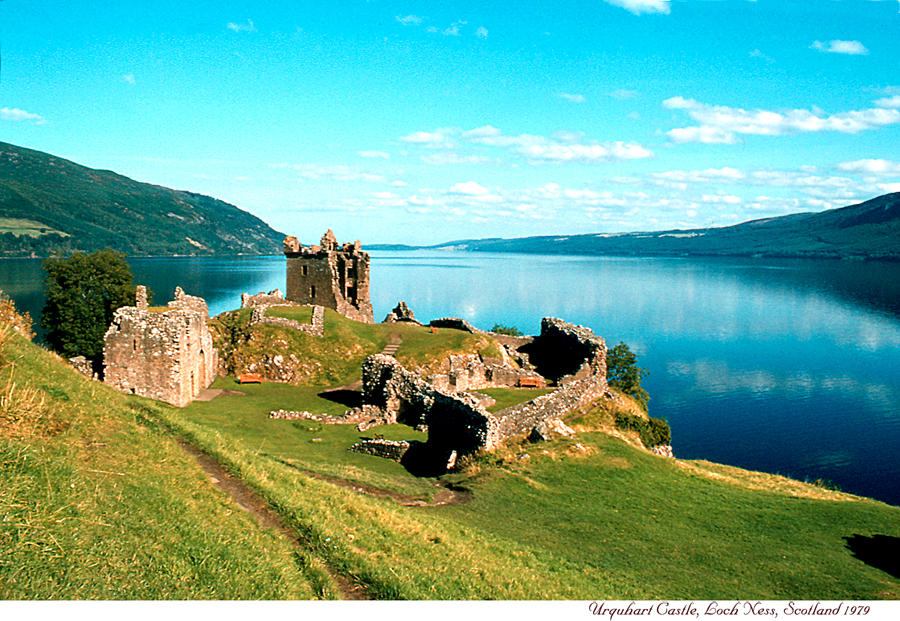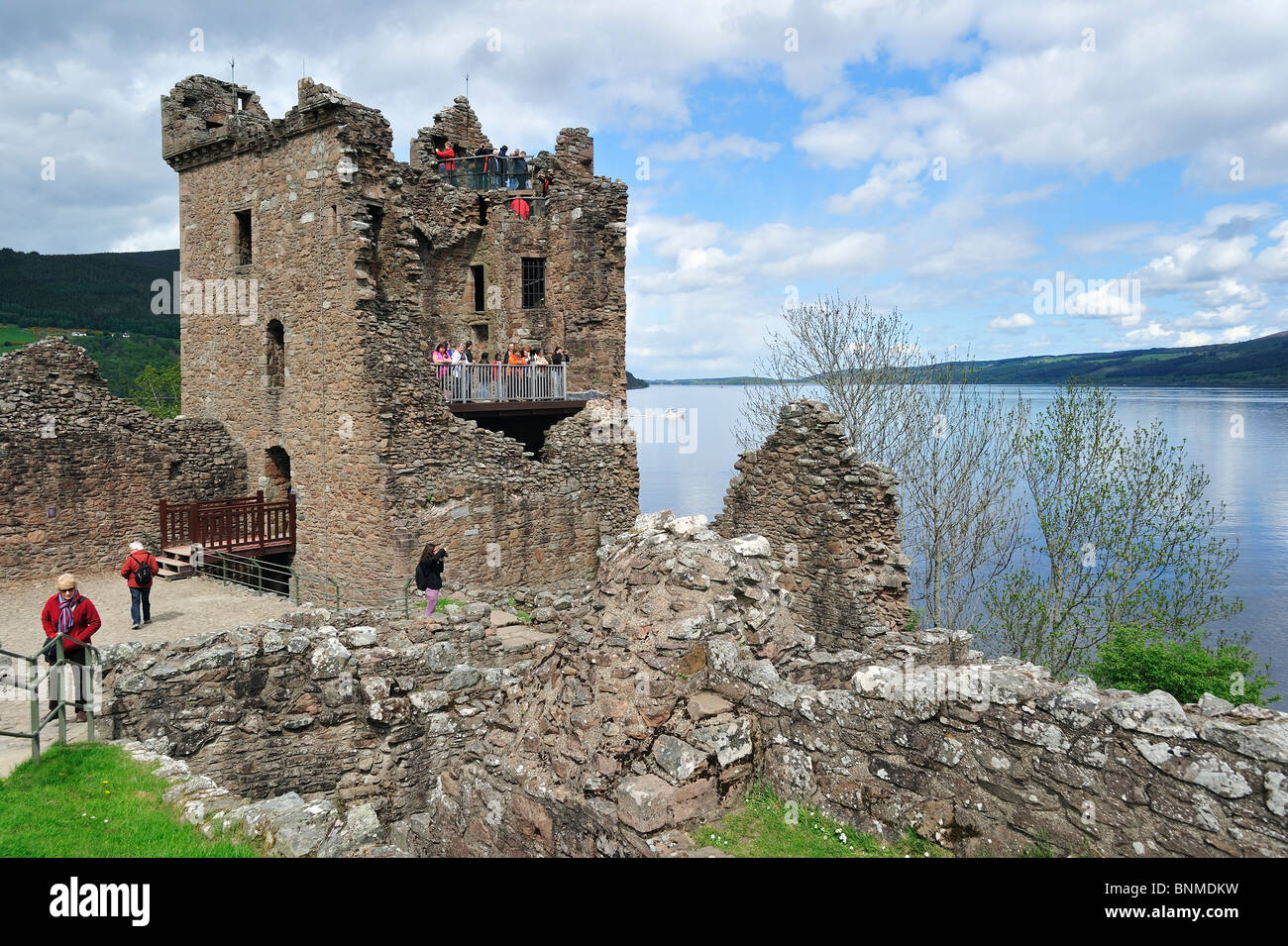

In fact, they found Pictish stone carvings all around the highland regions surrounding Loch Ness.

They went on to find that their art didn’t end at tattoos. But that’s not all that the Romans discovered. When the Romans had arrived in the Northern regions of Scotland, they referred to these tribes as “Picts” or “Picture People”. In the first century AD, the Scottish Highlands were inhabited by fierce tribal men and women that were covered in tattoos. So how did the legend begin anyway, I hear you ask?
CASTLE NEAR LOCK NESS FREE
To learn more about the range of Loch Ness boat trips and tours we offer, please feel free to get in touch with a member of the team – we’d be delighted to help you create your own story of Scotland’s most famous loch.“Loch”, the Scottish word for lake, and “Ness” the Scottish word for headland, come together to form the legendary name, Loch Ness. offering you ample opportunity to immerse yourself in our nation’s greatest legend and breathe in the stunning surroundings of Urquhart Castle. Whatever way you look at it, no visit to Loch Ness is truly complete without visiting Urquhart Castle, one of Scotland’s most famous landmarks.Īt Loch Ness by Jacobite, we offer a variety of trips, with excursions of various lengths leaving from.

Alternatively, you can simply enjoy your awe-inspiring surroundings with a refreshing drink from the cafe. When you book a boat trip and tour of Urquhart Castle with Loch Ness by Jacobite, we’ll leave no stone unturned, as we take you through the tumultuous history of this extraordinary Highland fortress.Īside from being entertained, amazed and informed whilst looking out for our illustrious Nessie, you also have the opportunity to explore Urquhart Castle’s present-day ruins, which date from the 13th to the 16th centuries, and experience its attractive visitor centre.Īdditionally, be sure to take a trip to the top of the Grant Tower to enjoy jaw-dropping views over the loch and the Great Glen. Cruise to the breath-taking Urquhart Castle on Loch Ness The Grant Tower is the best-preserved part of the castle. Nowadays, the castle is owned by Historic Scotland and has a visitor centre, which was built in 2002, as well as car parks. Later that year the English Garrison left the castle, destroying it as they went, to prevent it from being used as a Jacobite base. In 1689, Urquhart Castle saw its last action, when a small garrison supporting the Protestant monarchy of William and Mary held off a much larger Jacobite force. For 150 years, the ownership of the castle changed hands between the two sides, before order was somewhat restored by George Gordon, the 2nd Earl of Huntly. The Scottish Crown was now trying to defend itself against incursions from the Macdonalds, Lords of the Isles. However by the late 14th Century, a new conflict had arisen.

This marked the beginning of a turbulent time in the castle’s history as ownership frequently passed back and forth between the English and Scottish Crown. With the rebellion quashed, the King named his son-in-law, Alan Durward, the Lordship of Urquhart, and established a stronghold in the area.įollowing the death of Alan Durward, in 1275, Urquhart Castle passed to John Comyn, Lord of Badenoch. Written records show that a castle has stood on this site from at least the 13th Century, as a result of an uprising by the people of Moray against King Alexander II. However, there was almost certainly a Pictish settlement in the area at the time, as it would have been a key site from which to control the Great Glen and Northern Scotland. No one can say for certain that was the case. Some people believe that the castle was originally the site of a Pictish fort, visited by St Columba in 565AD. It’s easy to fall in love with the atmospheric beauty of Urquhart Castle which sits on Strone Point, a rocky peninsula on Loch Ness. Situated on the north-western shore of Loch Ness, it offers visitors fascinating insights into its dramatic history and spectacular views over the world-famous Loch. The iconic Urquhart Castle is one of Scotland's most popular attractions.


 0 kommentar(er)
0 kommentar(er)
